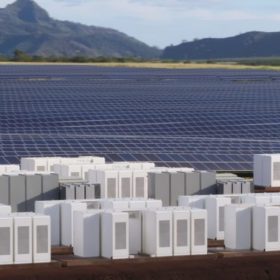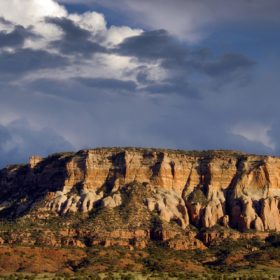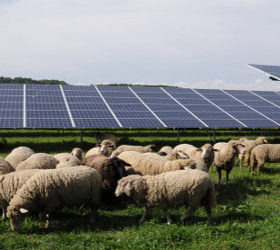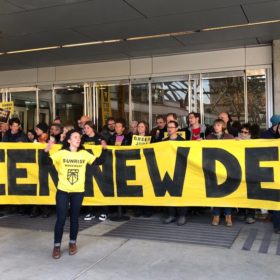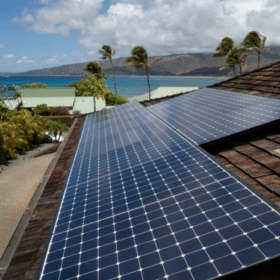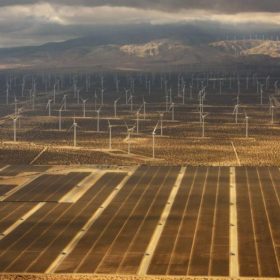pvMB 4/1/19: Maui’s largest solar plant approved, Duke introduces EV charging program… and more!
Actually, contrary to the title of this article, there is no MB today, nothing happened. Carry on with your day.
April Fools! I know, that was horrible, but it’d be even more horrible to not attempt a stupid joke today. As for today’s pvMB, we’ll be looking at a 6.9 MW project proposed in Orchard Park, New York, Clearway’s plan to construct 185 MW in Oahu, Quickmount PV expanding to the East Coast and everything else to get your Monday started.
pvMD 3/28/19: Community solar proposed for Duck Island, NJ, 6 MW of battery systems in Arkansas… and more!
Hello, and welcome to your Thursday pvMB. The weekend is almost here. Today we’ll be looking at BlueCross BlueShield installing 10,000 solar panels at its Chattanooga HQ, Hawaii’s solar trash cans, futuristic Dutch solar houseboats and everything else that matters today.
Hawaii’s new reality of solar plus storage: under 10 cents
Hawaii regulators have approved six of eight proposed large solar plus storage projects, with all coming at or under 10 cents per kilowatt-hour.
pvMB 3/25/19: New Mexico’s clean electricity bill signed, a new solar charging pilot program in Hawaii… and more!
Hello and thank you for starting your work week with the pvMB. Today we’ll be looking at the last hurdle facing South Carolina’s solar freedom bill, proposed regulations for large-scale solar in Upstate New York, GenRenew becoming a SunPower Master Dealer and expanding to Illinois and everything else you need to start your week!
pvMB 3/18/19: Musk dubs 2019 the “Year of the Solar Roof,” Vote Solar’s 2019 Equinox party… and more!
Happy Monday to you and welcome to the pvMB. Today we’ll be looking at TEP using sheep for brush control, Hawaiian energy leaders calling on Washington to go 100% solar, a 149 MW project planned in Michigan and everything else you need to start you week in solar.
Green New Deal arrives in state legislatures
This blog post by EQ Research takes a look at the spur of state-level green energy initiatives that have followed in the wake of the Green New Deal.
Ten sunniest states added 1.8 GW of small-scale solar
Contractors in California, Arizona and Texas built almost 90% of this capacity. Policy groups in the 10 states aim for fair rates for solar customers, plus community solar. “Snapshot stories” included.
pvMB 3/6/19: Hawaii stays at 27% renewables, GameChange Solar ups production capacity
Happy Hump Day and welcome to your Wednesday edition of the pv magazine USA morning brief. Today we’ll check out a GreenPeace co-founder comparing the Green New Deal to the End Times, ASU dominating the Solar Energy Technology Office awards, GRID Alternatives’ “Solar Spring Break” program and everything else interesting in the industry today.
Solar + wind met nearly 9% of U.S. power demand in 2018
Solar output grew 25% and met 2.4% of all U.S. electric demand last year. But despite dramatic gains in emerging markets, only California, Nevada and Hawaii are meeting more than 10% of demand with in-state solar.
pvMB 2/26/19: Hawai’i gas’ last-ditch bid against solar heater mandate, EV’s could bring $43 million to Colorado… and more!
Hello and welcome to today’s edition of the pv magazine morning brief. Today we’ll be looking at MISO potentially fast-tracking ‘shovel-ready’ renewables, a Georgia lab that hasn’t given up hope on solar roads, Kentucky’s funding imbalance in the net metering fight and everything else you need today.


